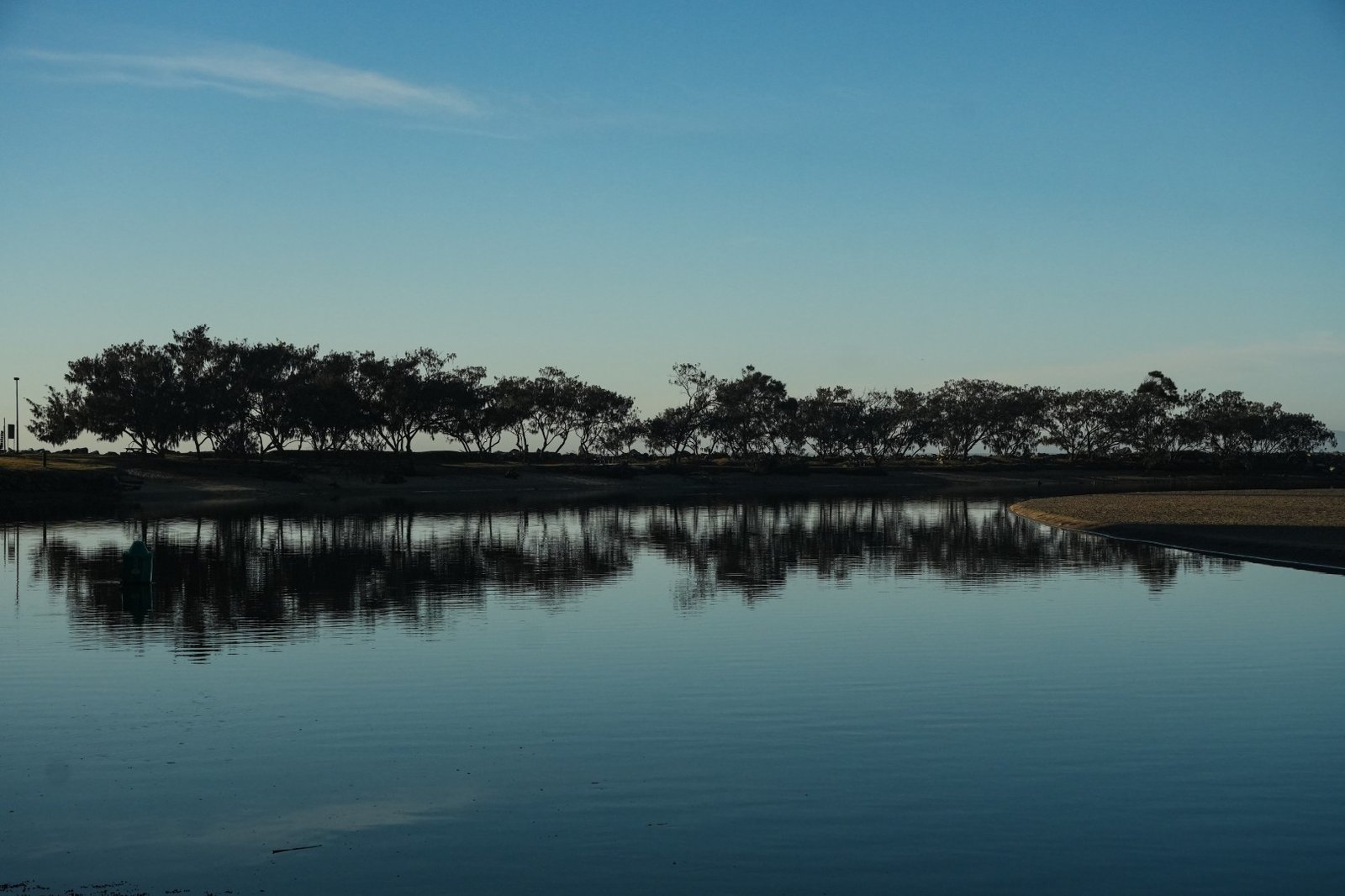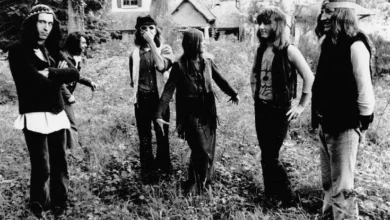Van Gogh painted with dark pigments in Holland (‘The Potato Eaters’, spring 1885). When he moved to the south of France, he experienced a significant increase in sunny days and his palette changed.[i] Just one reason I love Australia, twice as many sunny days as Britain. [ii]
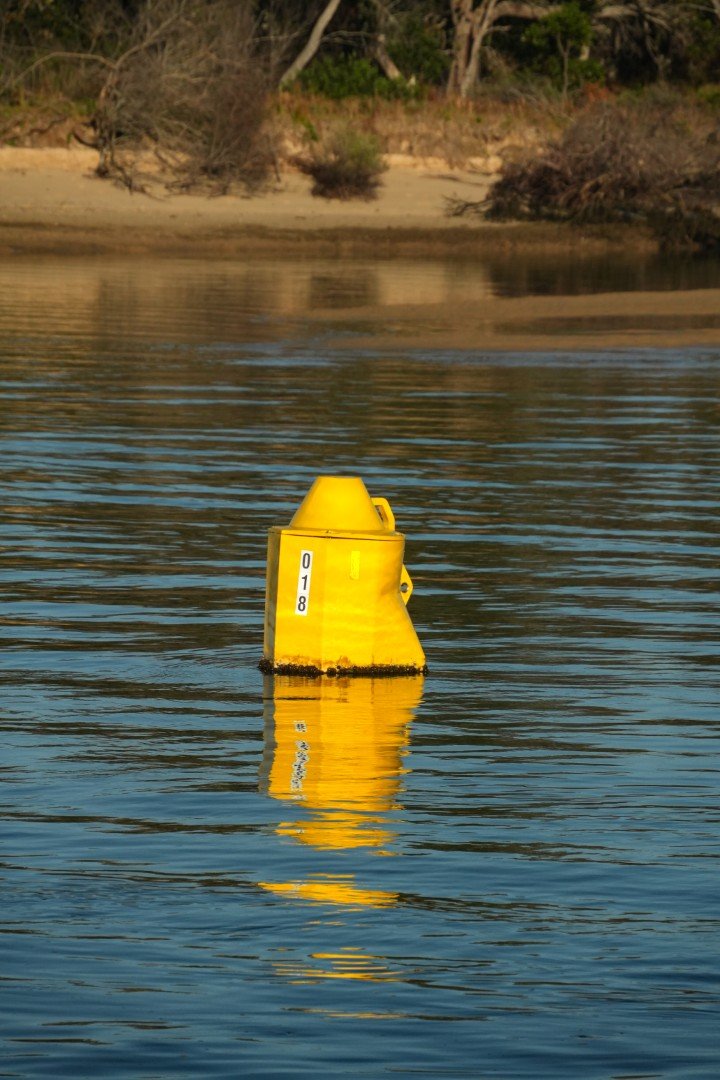
Van Gogh hoped to establish a cooperative artist’s community at the yellow house (Place Lamartine) in Arles.
Van Gogh sunflowers series (begun in Paris) used at least three types of chrome yellow pigment, a compound of lead and chromium.
- Light yellow: This form contains sulfur and is highly sensitive to light, leading to a darkening over time. He wrote to his brother in April 1888, ‘all the colours that Impressionism has made fashionable are unstable.’
- Orange-yellow: more stable.
- Medium yellow: This is a mid-yellow monoclinic lead chromate.
One of his last works with a stunning yellow is, ‘Wheatfield with Crows’ (July, 1890) was painted in Auvers-sur-Oise, shortly after he left the asylum in Saint-Rémy.
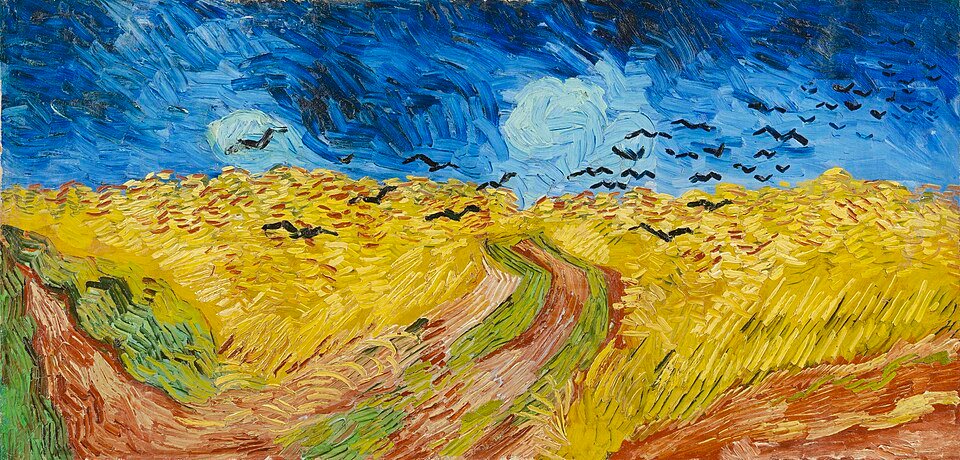
My life has been so calm compared to his. The Nyambaga is as calm as a mirror.
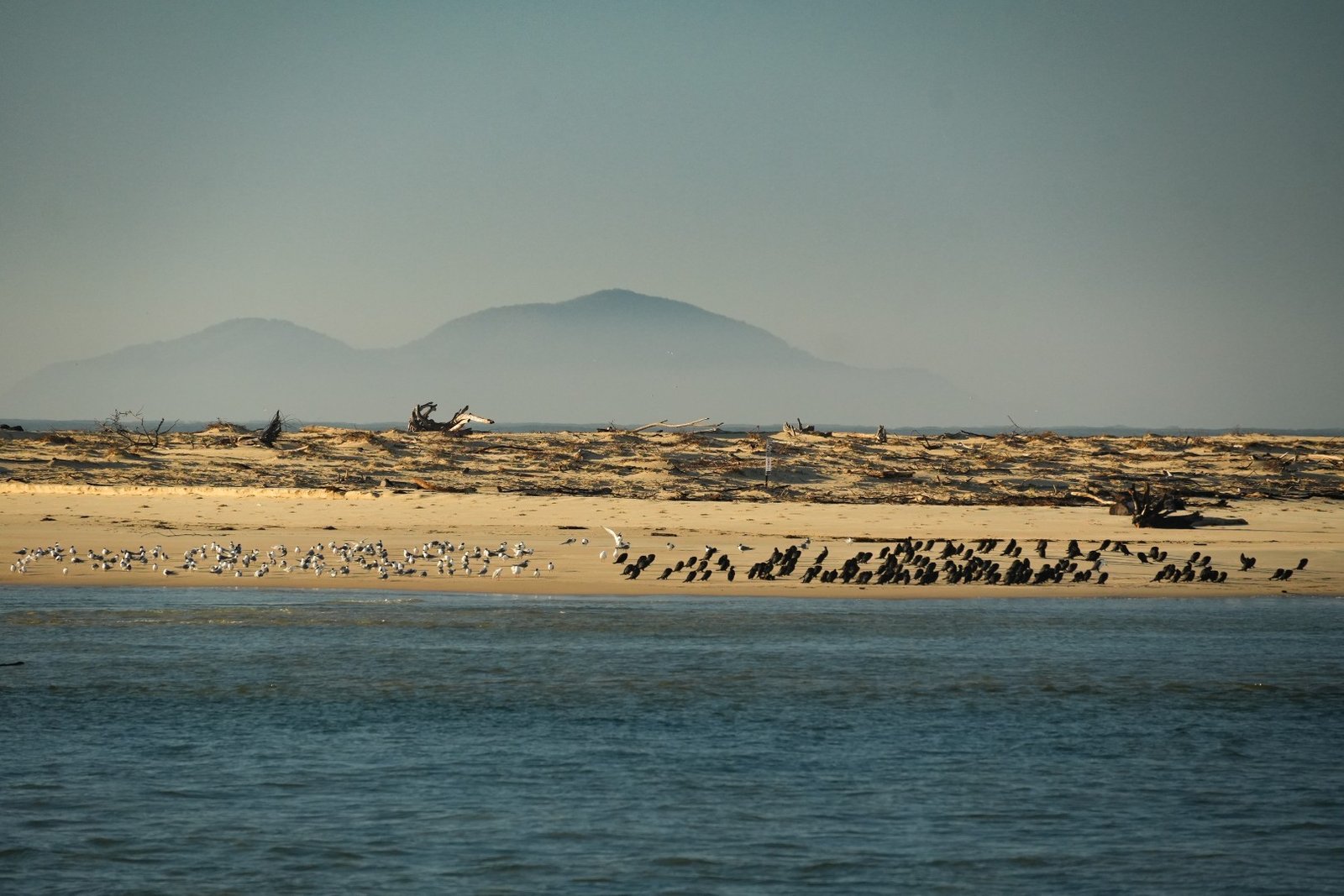
[i] Jason Bailey, ‘New Data Shows Why Van Gogh Changed His Color Palette’, https://www.artnome.com/, Dec 24, 2018 ,
[ii] London has an average of just over 1,400 sunshine hours per year; Bristol has 1,600 hours of sunshine per year, making it one of the sunnier cities in the UK. Valla Beach averages approximately 2,536 hours of sunshine per year.
